Mathematical Topics: Geometric Constructions & Rotational Symmetry
Relevance: Hinduism, Buddhism, Native American, Islamic
Suggested Age: 9th | 10th

Lesson Summary:
This lesson intends to explore geometric constructions through the lens of Mandalas. Students will explore the different uses of Mandalas in Buddhism, Hinduism & Native American cultures. Through this experience students will see the relationship between spirituality, religion and mathematics. As an end goal students will use geometric constructions to create their own designs inspired by Mandalas. Discussion questions guide students to discuss the importance of women in mathematics, the relationship between mathematics and culture and the modern day appropriation of fashion. Lastly, there are a variety of extension activities available to choose from based on student interest that can be seen below.
This lesson was inspired by a Geometry project collaboration with teachers, Sarah Geist and Estella Li, at Manhattan Village Academy in New York City. The student work shown in the slides come from their classrooms.
Remember that the lesson guides are just suggestions. Feel free to create your own options, use some of our suggested ones or even use it all. Most importantly consider your student population, involve them in the research and expand the lessons to fit your needs.
Our Lesson Plan
Our lessons are made to be printed or downloaded. Please do so through the link below.
Our Presentation
Our presentations are made to be printed or downloaded. Please do so through the link below.
Hook: (10 minutes, slides 3-5)
There are two options for a hook to choose from. Both options prompt students to think about geometric patterns beyond those typically seen in a traditional math class.
- Option 1 (slide 4): The goal of the hook is to have students start thinking about what we consider beauty and art. We want students to begin to think from more of an artistic perspective than a mathematical one when beginning to observe mandalas.
- Option 2: (slide 5): Students will then look at images that all contain Mandala inspired designs. Students will discuss in small groups how the images compare. Ultimately, the images all technically can be defined as a mandala due to their circular patterns.
Relevance Explored: (40-45 minutes; slides 6-18)
The information shared in the relevance section is extensive and in depth. Pick and choose activities and slides based on your students interests.
Students will first be presented with the definition of a Mandala and their overall purpose in slides 6 & 7. Before just presenting the information on the slides it is essential to ask your students if they know what a Mandala is. Have any students used Mandalas before? Do Mandalas connect with any parts of their identities? Slide 9 then gives students the opportunity to think about the meaning of a circle in relation to spirituality. Ask students if circles have any meaning in their own spiritual or religious journey. If you want students to come in with this prior knowledge ready to discuss, you can always share this slide with them the night before and ask them to see if their families have any connections to this concept.
Slide 10 intends to set the context and honor the creators of Mandalas. The slide provides a brief summary. Here is a text take from Art in Context, that can provide a more in depth explanation of the history:
“The founder of Buddhism, Siddhartha Gautama, was born in Nepal somewhere around 560 B.C. It is understood that he decided to leave his kingdom when he became aware of all the human suffering around him. So, he began to seek enlightenment through thoughtful action and meditation. He started to preach his philosophy across India and gained followers, enabling him to start his first Buddhist community for monks.”
Students will then do a jigsaw activity where each student gets a different topic: Mandalas in Buddhism, Hinduism or Native American culture. Students will each be assigned a different article related to either Buddhism, Hinduism or Native American culture. Students will then do a jigsaw share out about what they learned to their peers. Slides 11-16 provide a summary for each article and include picture examples.
Slides 17 and 18 share about the benefits of creating mandalas as well as the meaning behind the colors used in mandalas.
Slides 19 and 20 involve students reading an article about the connections between Islamic Artwork and Geometric patterns. Discussion questions are provided to encourage students to think about social constructs about perceptions of mathematicians, artists and religion.
Slide 21 shares a quote that intends to set the context of the intricateness of creating geometric constructions. Guide students to consider the mathematical practices evident in mandala creations.
If you want to provide students for a historical context of Islamic Geometric Designs you can share the video on slide 22 with guiding questions on slide 23 to consider the relationship between mathematics and religion.
Mathematical Exploration: (40-50 minutes; slides 24-30)
Students will mathematically consider the influence of geometric constructions on Islamic Artwork and the influence of mandala-like designs beyond Islamic art. Students will define radial symmetry as it connects to mandalas. Then they will watch a video explaining 4 fold, 5 fold and 6 fold patterns in mandala creations and see how they relate to artwork often found in Mosques. Students will then be given resources to create their own Mandalas based on 4 fold, 5 fold and 6 fold patterns with video and written instructions as supports. If you would like to connect this activity with other geometric constructions you can require students to include other constructions in their designs.
Student Discussion: (15-20 minutes; slides 30-34)
Students should be given the time to discuss and debrief the lesson on mandalas. These questions provided are suggested and can/should be changed to meet the needs and interests of your students. If you are considering a longer discussion section there is a debate option created around the question: Is using mandalas for mindfulness/art outside of religious purposes considered cultural appropriation?
Extension Activities: (slides 36-41)
If you would like to spend more time on mandalas than the lesson provided there are 8 extension ideas ready to explore. Based the student population and task chosen additional research and development of content might be necessary:
- Extension 1: (slide 36) How can students use adobe photoshop to create digital mandalas? During this extension students should be mindful of adhering to rotational symmetry.
- Extension 2: (slide 37) Students can create DIY mandalas using angle measurements and straight edges with protractors and rulers
- Extension 3: (slide 38) How to create mandalas by rotating and averaging images? This extension provides a lot of connections to computer science.
- Extension 4: (slide 39) Students can explore the connection between mandalas and 3D fractal patterns
- Extension 5: (slide 40) What other artwork has been created that is inspired by mandalas?
- Extension 6: (slide 41) Students can watch a video explaining the differences between Islamic artwork and Islamic faith
- Extension 7: (slide 42) Beyond just the 4, 5, and 6 fold patterns students can explore other number fold patterns they can construct
- Extension 8 (slide 43) Students can explore a mandala inspired by the golden ratio
More Lessons
Below you’ll find our resources which are filterable by their age group and mathematical topic.
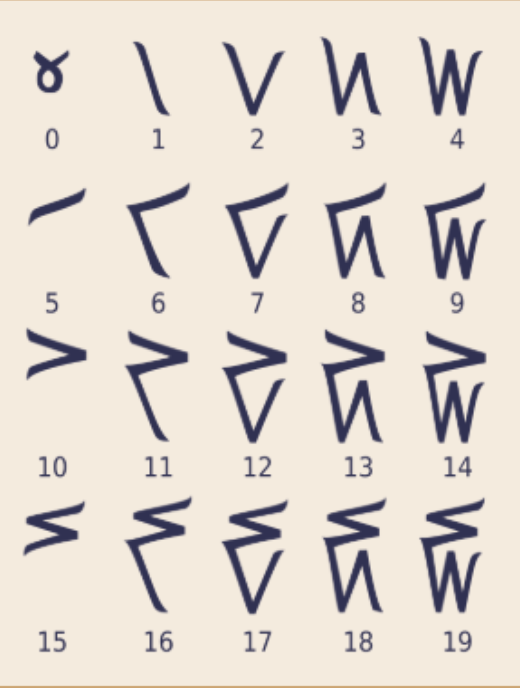
Kaktovik Numerals & Base 20

Tessellations in West African Hair Braiding

Density in Dominican Cakes compared to American Cakes
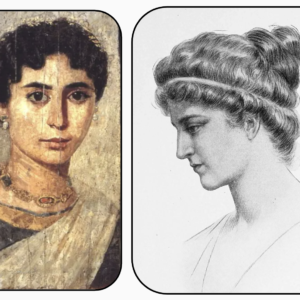
Hypatia of Alexandria & Conic Sections
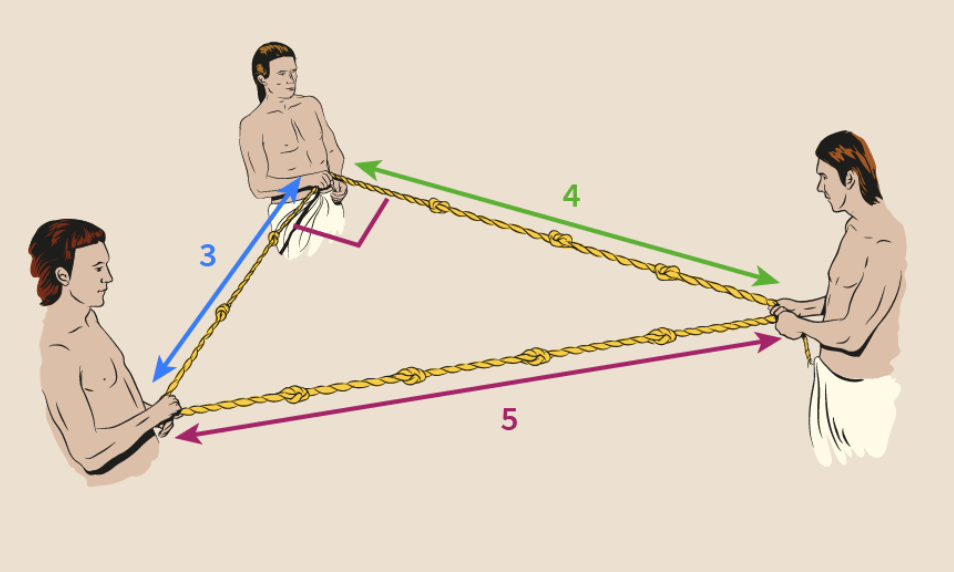
Ancient Egyptian Base 10 Number System & Doubling Method
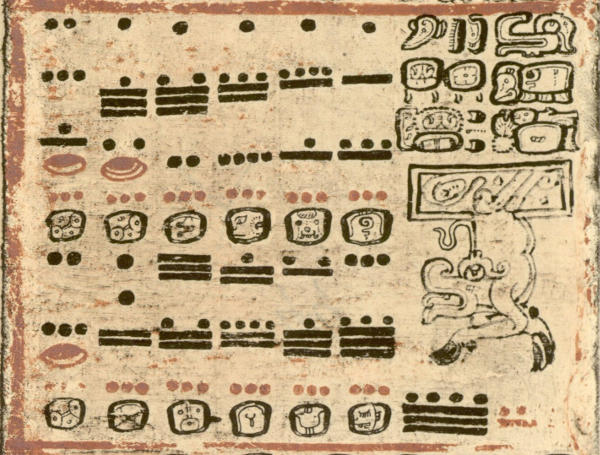
Maya Calendar & Base 20 Number System
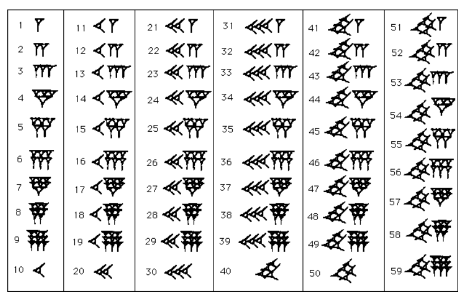
Ancient Babylon Base 60 Number System
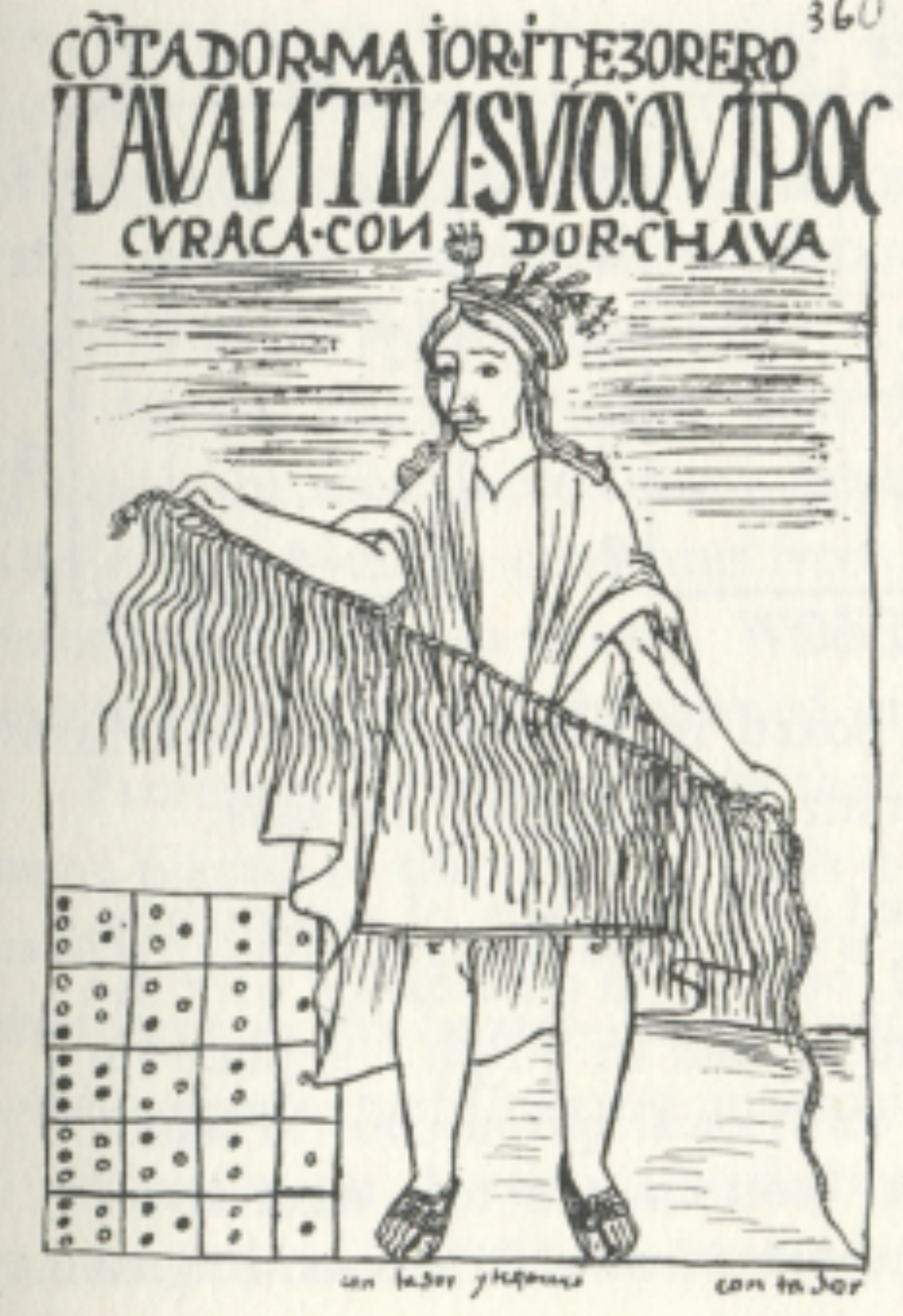
The Origins of Fibonacci’s Sequence
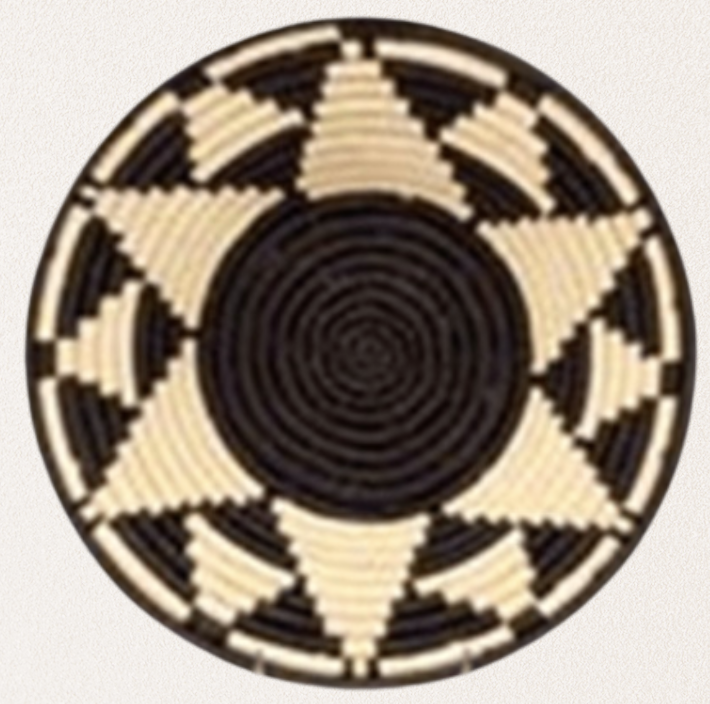
African Baskets & Regular Polygon Rotations

Ancient Mathematical Puzzles: Magic Squares and Hexagonal Tortoises
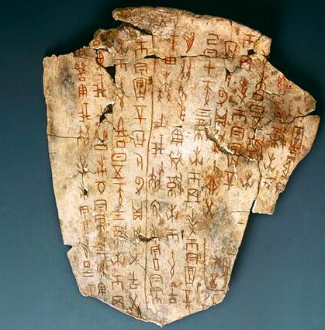
Oracle Bones & Counting Rods

